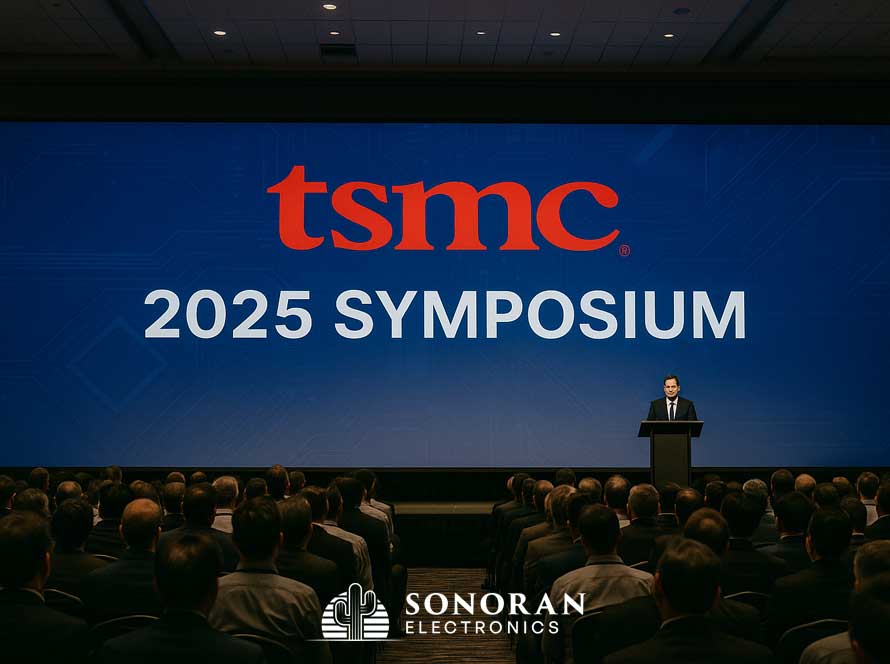In an age defined by digital computation, artificial intelligence, and software-defined everything, it’s easy to overlook the quiet resilience of analog microelectronics. Yet, behind every digital system lies an analog foundation. Whether it’s sensing, actuation, power regulation, or RF communication, analog chips remain indispensable to real-world functionality. In recent years, demand for precision analog components has grown—not diminished—as digital systems increasingly depend on high-fidelity interfaces with the physical environment.
Analog microelectronics differ fundamentally from digital logic. Rather than processing discrete binary signals (0s and 1s), analog chips work with continuous waveforms—voltages, currents, or frequencies—that represent natural phenomena. Temperature, pressure, sound, motion, and light all originate as analog signals. Sensors capture this data, but it’s analog front-end (AFE) circuits—including amplifiers, filters, voltage references, and analog-to-digital converters (ADCs)—that condition the signal for further processing.
In modern systems, analog ICs often act as the interface layer between the physical world and the digital processor. For example, an industrial automation controller may use ADCs to measure voltage across a load cell, operational amplifiers to clean up the signal, and digital-to-analog converters (DACs) to send control voltages back to actuators. In this context, accuracy, linearity, and noise immunity are critical—and cannot be achieved without well-designed analog circuitry.
The resurgence of analog relevance is especially pronounced in edge computing and IoT devices, where systems must interpret real-world inputs and produce real-time responses on limited power budgets. Precision analog chips enable ultra-low-power sensing and signal processing close to the edge, reducing the need to transmit raw data to the cloud. Texas Instruments, Analog Devices, and Maxim Integrated (now part of ADI) continue to expand their portfolios of energy-efficient, high-precision analog solutions tailored to battery-operated or remote applications.
Another driver of analog growth is the rising complexity of power management systems. Modern processors and FPGAs often require multiple voltage rails, tight regulation tolerances, and dynamic response capabilities. Power management ICs (PMICs), linear regulators (LDOs), and analog-based control loops ensure that sensitive digital circuits operate within specified parameters. As chip voltages drop below 1V and currents increase, analog designers are tasked with managing increasingly narrow design windows.
High-frequency analog is also experiencing renewed importance in RF communication. The rollout of 5G and the growth of radar, satellite, and mmWave technologies have intensified demand for analog front-end modules (AFEMs), low-noise amplifiers (LNAs), phase-locked loops (PLLs), and analog beamforming circuits. Unlike digital logic, which scales well with Moore’s Law, analog performance depends more on component matching, layout symmetry, and device physics—areas where scaling offers diminishing returns. This makes analog design a craft that resists automation and remains heavily dependent on engineering expertise.
Designing analog circuits is notoriously difficult. It requires deep understanding of parasitics, device characteristics, temperature drift, and feedback stability. Unlike digital logic, which is mostly portable and tool-driven, analog circuits must be custom-tailored to each application. Simulation and modeling tools have improved, but analog design remains time-consuming and iterative. As a result, analog engineers are in high demand—and short supply.
Despite these challenges, innovation in analog continues. Hybrid analog-digital architectures, digitally-assisted analog (DAA) circuits, and mixed-signal ICs are pushing the boundaries of performance and integration. At the same time, new materials such as gallium nitride (GaN) and silicon carbide (SiC) are enhancing analog performance in power and RF domains. The rise of chiplet-based packaging is also enabling analog and digital die to be co-packaged for optimal performance and cost-efficiency.
In a world obsessed with digital, the enduring importance of analog reminds us that the world we live in is still—and always will be—analog. For microelectronics buyers, designers, and system integrators, investing in quality analog components is not just necessary—it’s foundational. The digital revolution may capture the headlines, but it’s the analog precision underneath that keeps the world measurable, interpretable, and responsive.
